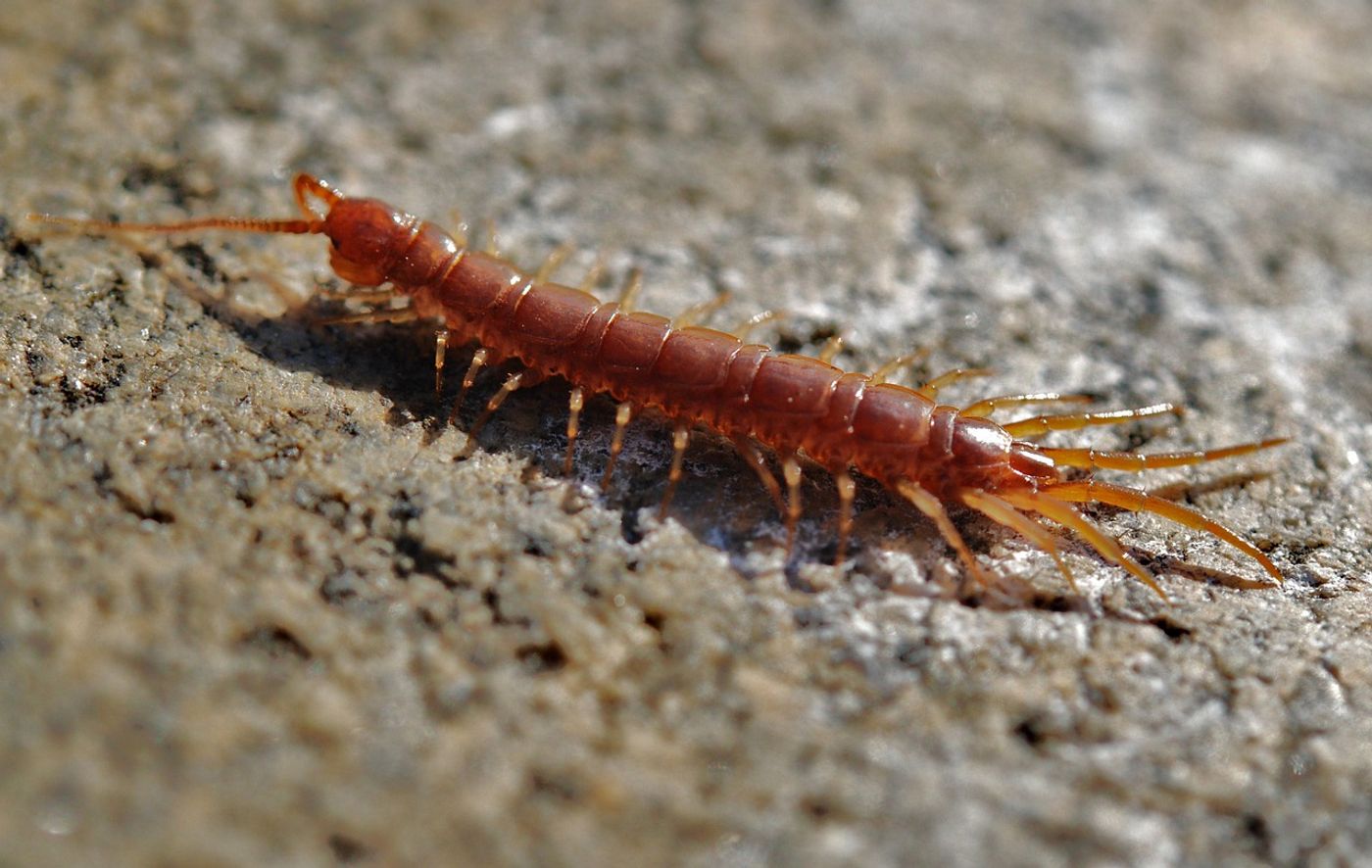Walking and Slithering Share Common Characteristics
In a recent study published in the Proceedings of the National Academy of Sciences, a team of researchers led by the University of Michigan use a single mathematical model to identify how the motion of slithering is more than just a long-thought unique characteristic for serpent. This study holds the potential for helping us better understand the laws of kinematic motion and was collaborated with scientists from the University of Portland and UC San Diego.
"This didn't come out of nowhere -- this is from our real robot data," said Dr. Dan Zhao, who is a senior control engineer at XPENG Robotics, a recent Ph.D. graduate in mechanical engineering at the University of Michigan, and first author of the study. "Even when the robot looks like it's sliding, like its feet are slipping, its velocity is still proportional to how quickly it's moving its body."
The movement of species such as swimming microbes, ants, snakes, and centipedes are driven by what’s known as kinematic motion, whereas much larger species such as horses, sharks, and gliding birds, have their movements dictated by what’s known as dynamic motion, where their speed is partially driven by momentum. Understanding kinematic motion could help roboticists program multi-limbed robots, which could open the door for walking planetary rovers, as an example.
Dr. Shai Revzen, who is a professor of electrical and computer engineering at the University of Michigan and a co-author on the study, explained the popularity behind two- and four-legged robots was due to the complexities of modeling with current tools.
"This never sat well with me because my work was on cockroach locomotion," Dr. Revzen said. "I can tell you many things about cockroaches. One of them is that they're not brilliant mathematicians."
The team took a known model describing swimming microbes and applied it to their multi-legged robots, with the result being a six-legged robot called BigAnt. Also, while multipod robots slip up to 100% of the time, the team used data about ants walking on flat surfaces, finding they only slip about 4.7% of the time.
Sources: Proceedings of the National Academy of Sciences
As always, keep doing science & keep looking up!









